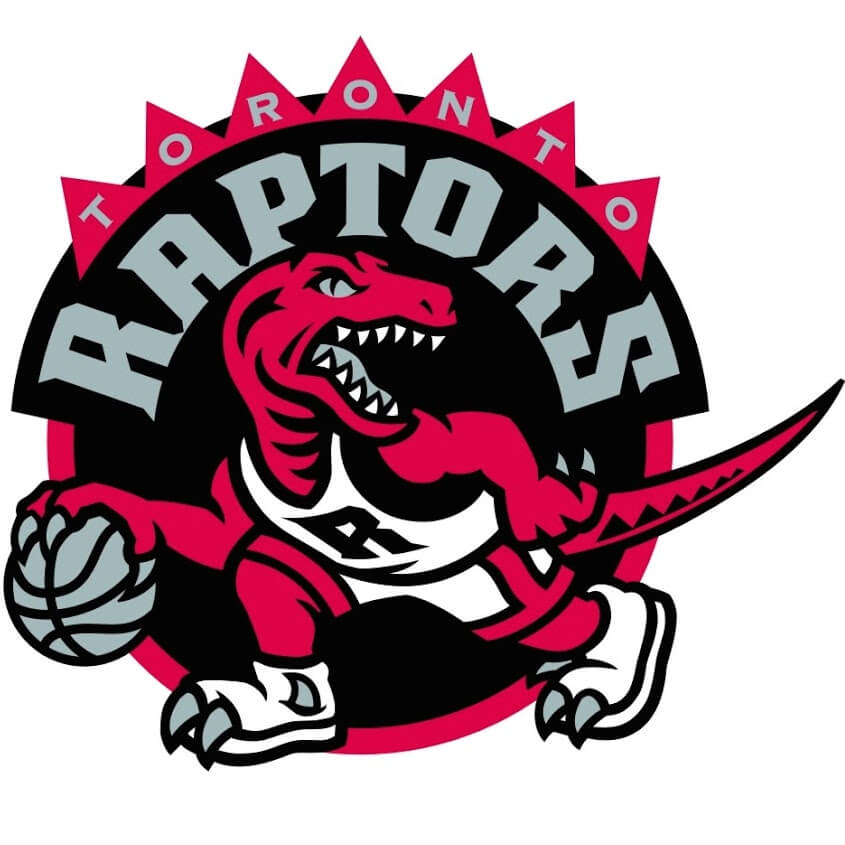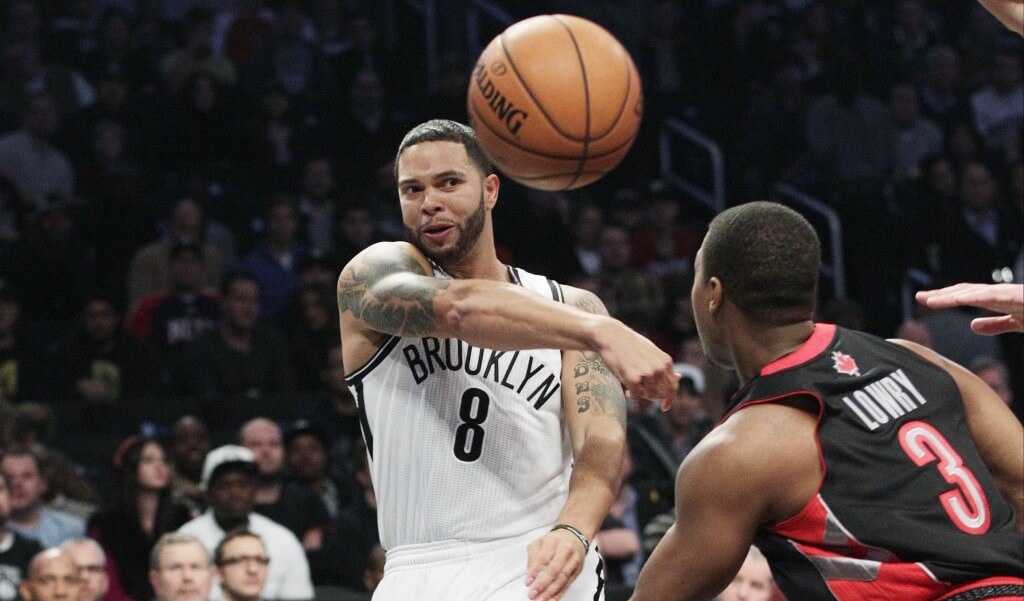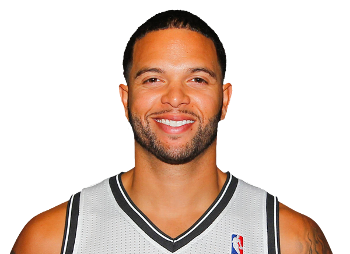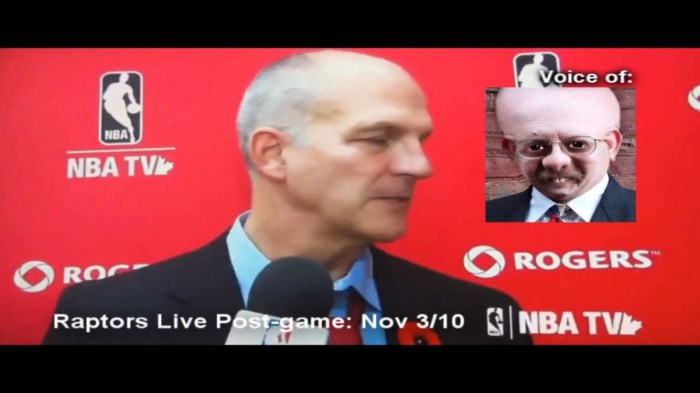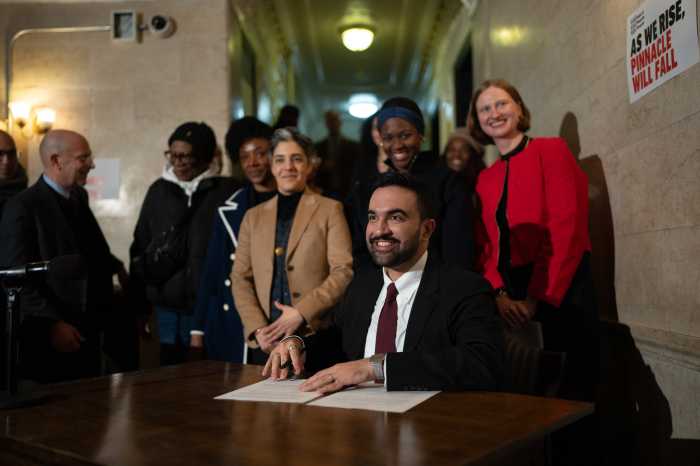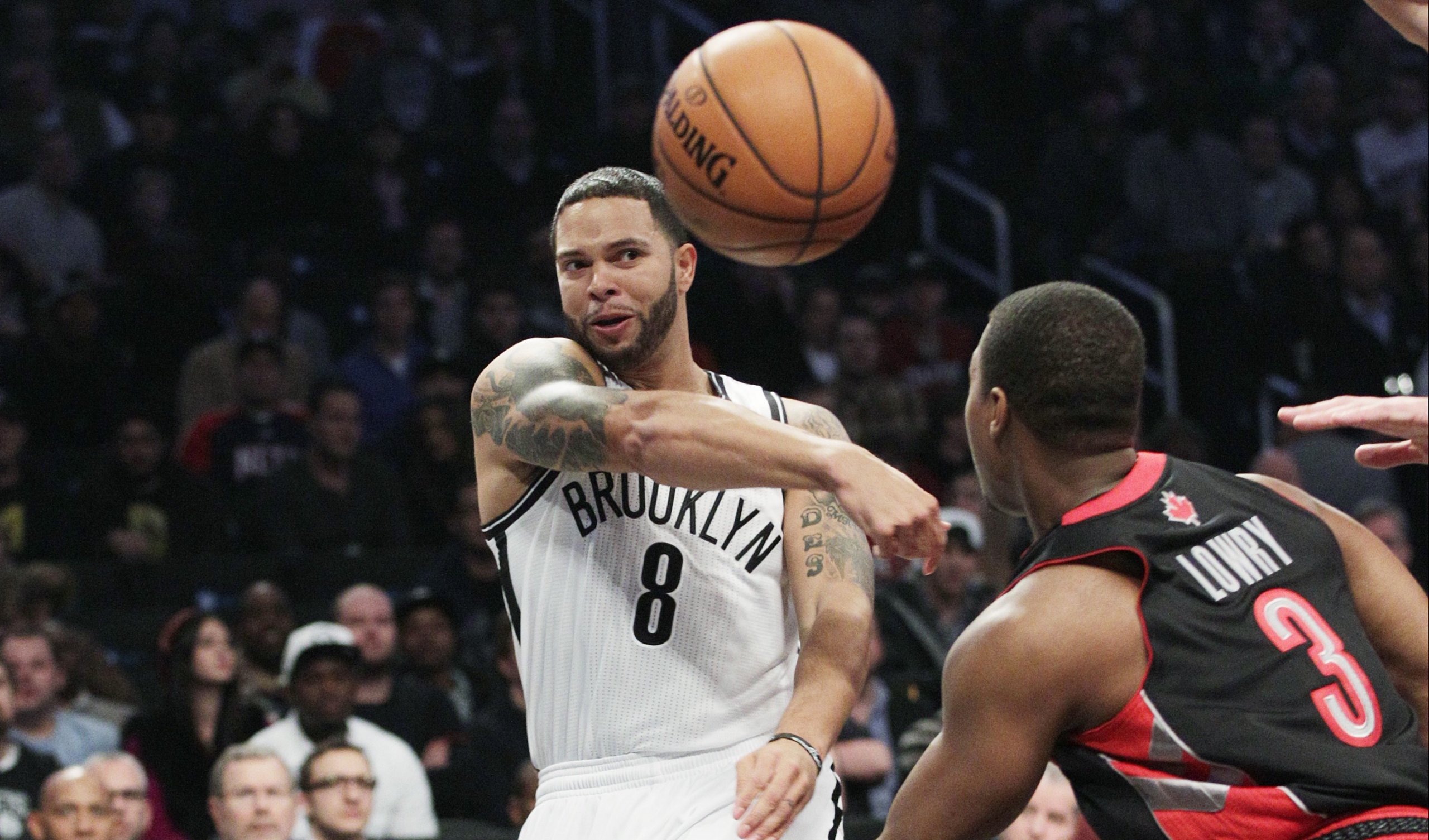
By the numbers
Deron Williams: 64 G, 58 GS, 32.2 MPG, 14.3 PPG, 2.6 RPG, 6.1 APG, 1.5 SPG, 0.2 BPG, .450 FG%, .366 3P%, .801 FT%, 17.7 PER
Kyle Lowry 79 G, 79 GS, 36.2 MPG, 17.9 PPG, 4.7 RPG, 7.4 APG, 1.5 SPG, 0.2 BPG, .423 FG%, .380 3P%, .813 FT%, 20.1 PER
Breakdown
It seems like a role reversal: Williams was supposed to be Brooklyn’s savior, Lowry the mercurial on-off talent in Toronto, but Williams has struggled with inconsistent shooting and nagging injuries this season, while Lowry has pounded out the best season of his career.
Lowry presents a matchup nightmare for almost any point guard, and it’s been no different for Brooklyn’s Williams: the two faced off just twice this season, but Lowry scored 24 points on 19 shots and dished out 9 assists in 50 minutes when the two shared the court, per NBA.com.
Lowry is a terror both on and off the ball, ranking as one of the league’s best pick-and-roll artists and spot-up shooters, getting a majority of his points by darting his way around screens or spotting up around the perimeter. Lowry both ranked near the top of the league in pick-and-roll scoring and shot 43.9 percent on spot-up three-pointers this season on 171 attempts, per Synergy, and it’s both his ability to shoot from outside and create off the dribble that make him such a threat.
The Raptors don’t run a complicated offense, initiating most of their action out of the HORNS set. HORNS requires the point guard to bring the ball to the middle of the floor, above the three-point key, with two wing players in the corner, and two big men at each corner of the high post. Lowry can do any number of things with this combination — with his combination of quickness, control, and shooting ability, he’s a near-ideal point guard for the HORNS set.
Because the Raptors have other creators in their backcourt, notably wing DeMar DeRozan, Lowry can float on the weak side and look for open three-pointers as often as he can run a pick-and-roll with talented big man Jonas Valanciunas. Often, he’ll draw a big man defender in the pick-and-roll, then flare out to the perimeter, where a big man can’t keep up with his speed.
Williams is no longer the elite point guard the Nets traded for in 2011, but to judge him on his contract and expectations means it’s easy to lose sight of what he does bring to the table. He’s become an underrated facilitator, and like Lowry, he’s able to function off the ball running around screens and flaring out for three-pointers.
Williams hears critics from both local and national audiences for his apparent lack of engagement, his careless turnovers both in the half-court and transition, his lack of on-ball defensive discipline, the way he answers questions, the way he high-fives, the angle he sits on the bench, and whatever else seems to draw the ire of someone who’s already made up his mind.
The pervasive narrative on Williams often loses sight of his actual, tangible skills, so here goes: he’s a deadly mid-range shooter, among the best in the league this season. He can hit open threes at a respectable clip and sneaks out for corner threes more than you expect. His crossover is straight-up filthy — when he’s healthy he still creates ridiculous space like this. He’s still an incredible passer despite low assist numbers, and though steals are an overrated statistic, he’s recorded at least one in 30 straight games, a franchise record.
But he can barely dunk. He doesn’t attack the basket nearly as much as he used to, but when he does, it’s off the ball a surprising amount for a point guard. His defense ranges from adequate and systemic to underwhelming. He loses careless turnovers at a high rate for a veteran point guard. The team still performs far better with him on the court than off it — +5.9 points per 100 possessions with him on the floor and -6.9 worse with him off, both top marks on the team — but there’s nagging doubts about his ability to dominate a game. He scored 30 points just once this season, finished two full games without an assist for the first time since his rookie year, and got to the line at a lower rate than all but his first two years in the league.
So in the aggregate, Williams isn’t bad. (Raymond Felton is bad.) His flaws just have a huge spotlight. What makes Williams’s play so frustrating is that he flourished for so many years as Chris Paul’s foil, before balky ankles, or a departure from Utah’s flex system, or whatever it was turned him into a mercurial talent.
At this stage in their respective careers, Lowry’s got the edge over Williams in sheer talent and this year’s body of work. Lowry’s struggled at past stops in his career with different coaches and situations, but has had the best season of his career in Toronto. He should’ve been an All-Star; Williams wasn’t in the conversation.
Four years ago, it might’ve been unfathomable to imagine a scenario where Lowry would rank above Williams, but that’s where we are today. And frankly, it’s not close.
Edge:
